In the media
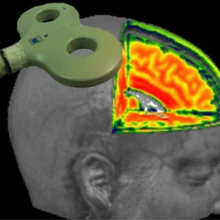
Visualising plastic changes to the brain
Effects of novel treatment method demonstrated RUB researchers report their findings in PNAS
Tinnitus, migraine, epilepsy, depression, schizophre…

The brain’s data compression mechanisms
Neurons subtract images and use the differences
Primary cortex generates efficiently compressed sensory information
Efficient reduction of data v…
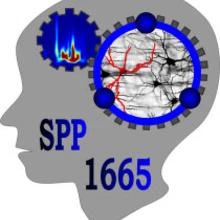
Hirnaktivität gezielt steuern
RUB-Forscher stimulieren und hemmen Serotoninausschüttung durch Licht
Neuer DFG-Schwerpunkt wird mit 8 Millionen Euro gefördert
Mit Licht in die…
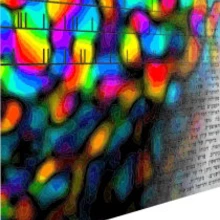
Wie das Gehirn aus Lichtreizen Bildeindrücke konstruiert
1,55 Mio. Euro für Deutsch-Israelisches Kooperationsprojekt
RUB-Neurowissenschaftler koordiniert Forschungsvorhaben auf deutscher Seite
Wie konst…
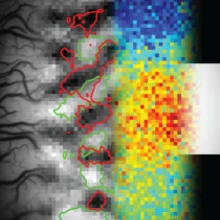
NeuroImage: Multiplexing in the visual brain
Nerve cell networks transform different information into overlaid activity patterns
RUB Scientists visualize for the first time simultaneous encoding …
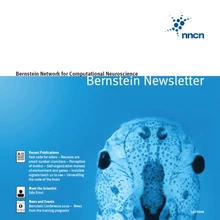
Bernstein Newsletter
Perception of motion
The appearance of a spot of light on the retina causes sudden activation of millions of neurons in the brain within tenths o…